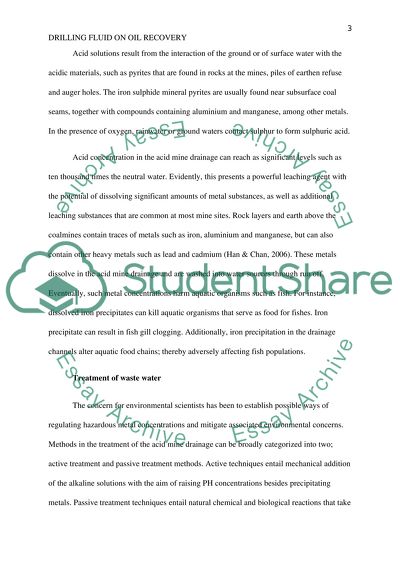Cite this document
(“Influence of Drilling Fluid on oil Recovery in Homogenous Reservoirs Essay”, n.d.)
Retrieved from https://studentshare.org/chemistry/1400409-project-about-drilling-fluidsspecific-topic-the
Retrieved from https://studentshare.org/chemistry/1400409-project-about-drilling-fluidsspecific-topic-the
(Influence of Drilling Fluid on Oil Recovery in Homogenous Reservoirs Essay)
https://studentshare.org/chemistry/1400409-project-about-drilling-fluidsspecific-topic-the.
https://studentshare.org/chemistry/1400409-project-about-drilling-fluidsspecific-topic-the.
“Influence of Drilling Fluid on Oil Recovery in Homogenous Reservoirs Essay”, n.d. https://studentshare.org/chemistry/1400409-project-about-drilling-fluidsspecific-topic-the.


